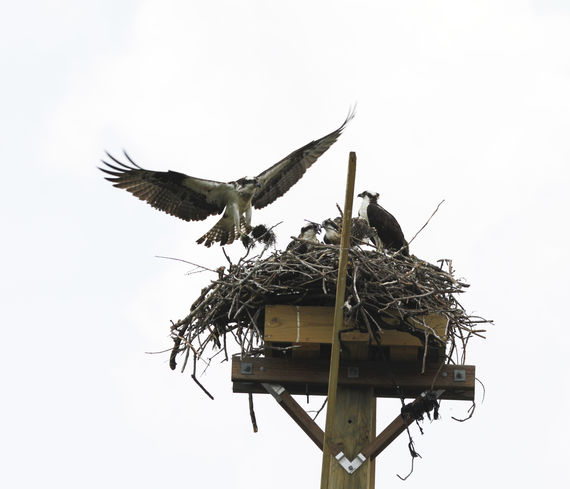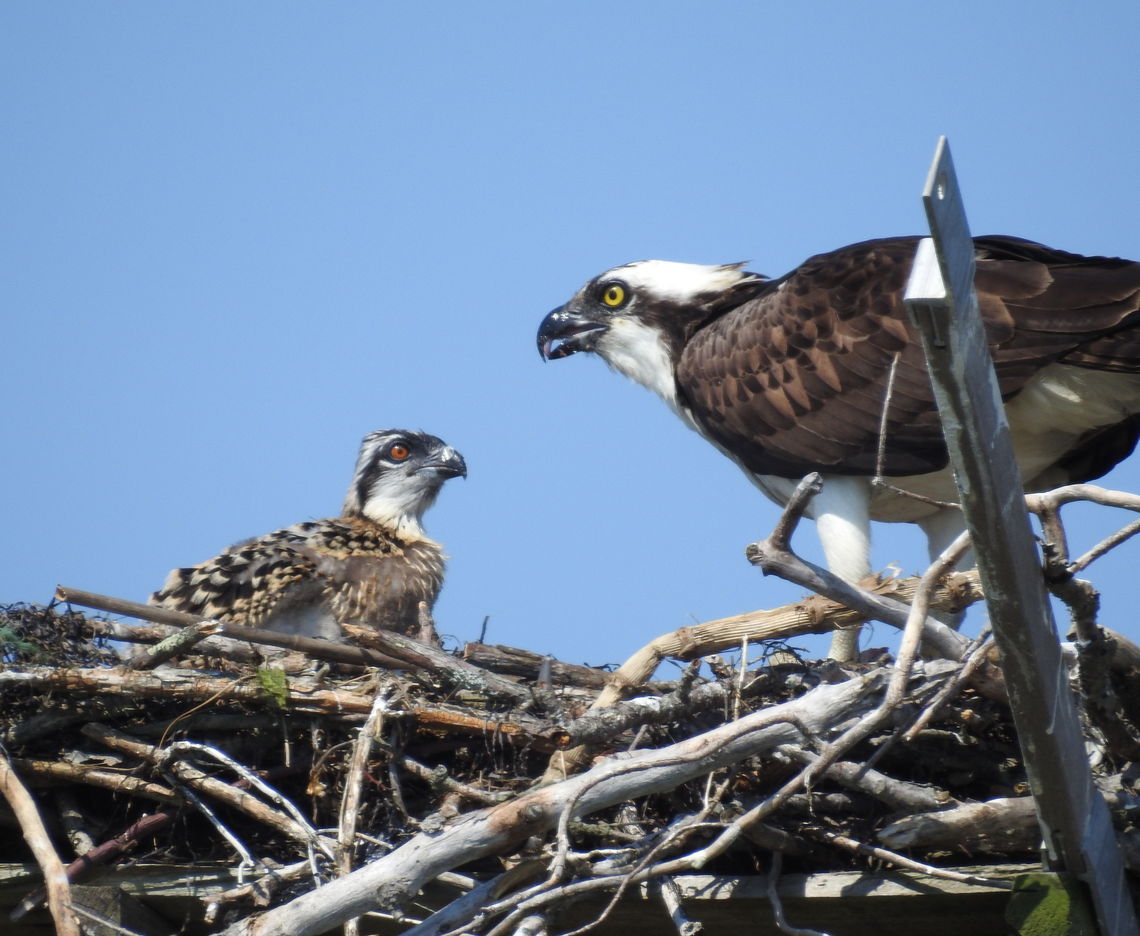
AVIAN SUPPORT
McCormick Taylor provides avian nest surveying, nest monitoring, hazardous nest assessments, and nest relocations
for clients along the east coast.
THE CHALLENGES OUR CLIENTS FACE
Typically, clients who utilize McCormick Taylor’s avian services are electrical utility firms who have a high density of protected raptors (birds of prey: eagles, ospreys, etc.) nesting on their electrical structures and poles. Hazardous nest situations are of significant concern for these clients, as they can lead to bird-related service interruptions, power outages, and fires. Nesting on these poles is also a risk to the raptors themselves due to collision and/or electrocution hazards.
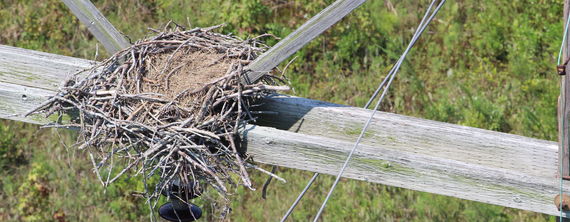
HOW WE HELP
Surveying and Permitting
Raptor nest surveys for distribution and transmission projects follow the owner’s Raptor Nest Survey Protocols and are generally completed within the existing cleared right-of-way, and within approximately 100 feet of the right-of-way, or within agency-authorized exclusion zones. Prior to conducting field surveys, aerial photography and historical data are reviewed to determine areas with high potential to support raptor breeding territories. Field surveys are completed on foot or from rotary aircraft within these areas.
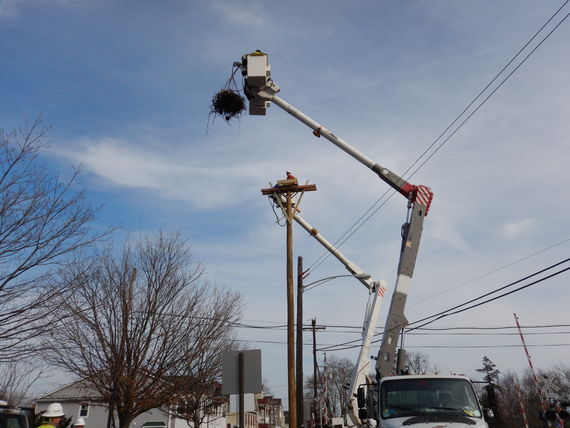
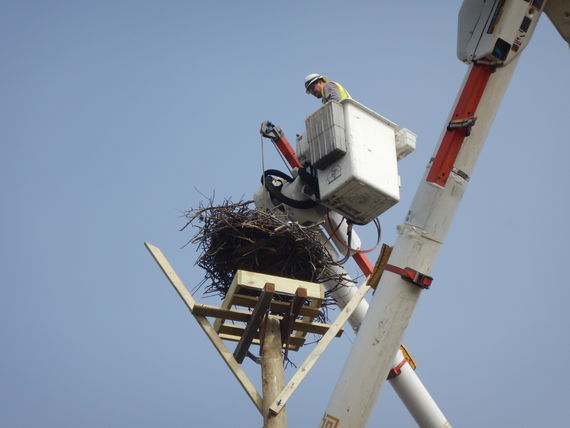
Monitoring
Construction-Related Activities
Occasionally, construction activities are required in the immediate vicinity of a known breeding nest, and an avian monitor is placed onsite to verify that the species is not disturbed and that breeding behavior is not disrupted as a result of work in proximity to the nest. Risks of disruption include defensive behavior, nest abandonment, and startled chicks (potentially resulting in death). The avian monitor coordinates with the construction crews to ensure appropriate clearance distances are adhered to and the nest is not impacted. When cleared with agency members, avian monitoring is an important option for completing work around nests during time-of-year restrictions.
In addition to the avian monitoring and reporting we do for our clients each year to help them locate hazardous nests, McCormick Taylor recently designed a web application for FirstEnergy, one of our utility clients, that allows field staff to report avian issues in real time.
Hazardous Nest Assessments
McCormick Taylor monitors, documents, and evaluates known raptor nests, unexpected new nests, and high-potential nest areas. Based on the information we gather, we recommend potential mitigation measures and coordinate with various client personnel, regulatory agency personnel, and nearby landowners for implementation of the measures.
Nest Removal/Relocation
When the structure upon which a nest is built requires maintenance or removal, or when the nest exists in a hazardous condition, nest relocation or removal may be necessary. McCormick Taylor coordinates with the multiple agency personnel necessary to facilitate nest removals/relocations in a way that provides maximum protection for the service equipment/personnel and for the birds. Monitoring of relocated nests ensures documentation of success of nests in following seasons to improve relocation methods.
RESULTS
Any raptor nests identified within the project area are surveyed using a GPS for placement on project mapping and submission for applicable permitting. Each nest is photographed up close and within the context of its surrounding habitat. A Raptor Nest Survey Datasheet is prepared for each documented nest, containing important information regarding the location, condition, species association, and activity status of nests.
McCormick Taylor’s avian monitors also coordinate with construction crews to ensure appropriate clearance distances are adhered to and nests are not impacted by their work. If needed, McCormick Taylor evaluates, coordinates, and oversees the execution of removal/relocation of active and inactive nests from energized electricity transmission/distribution support structures.
Monitors evaluate the suitability of the surrounding habitat for relocation or maintenance options if the nest must remain in the same vicinity and can recommend exclusion and deterrence options to prevent future nesting on energized equipment and other collision/electrocution hazards. This work maximizes protection of both the nesting species and the surrounding community from hazardous situations associated with errant nests.
